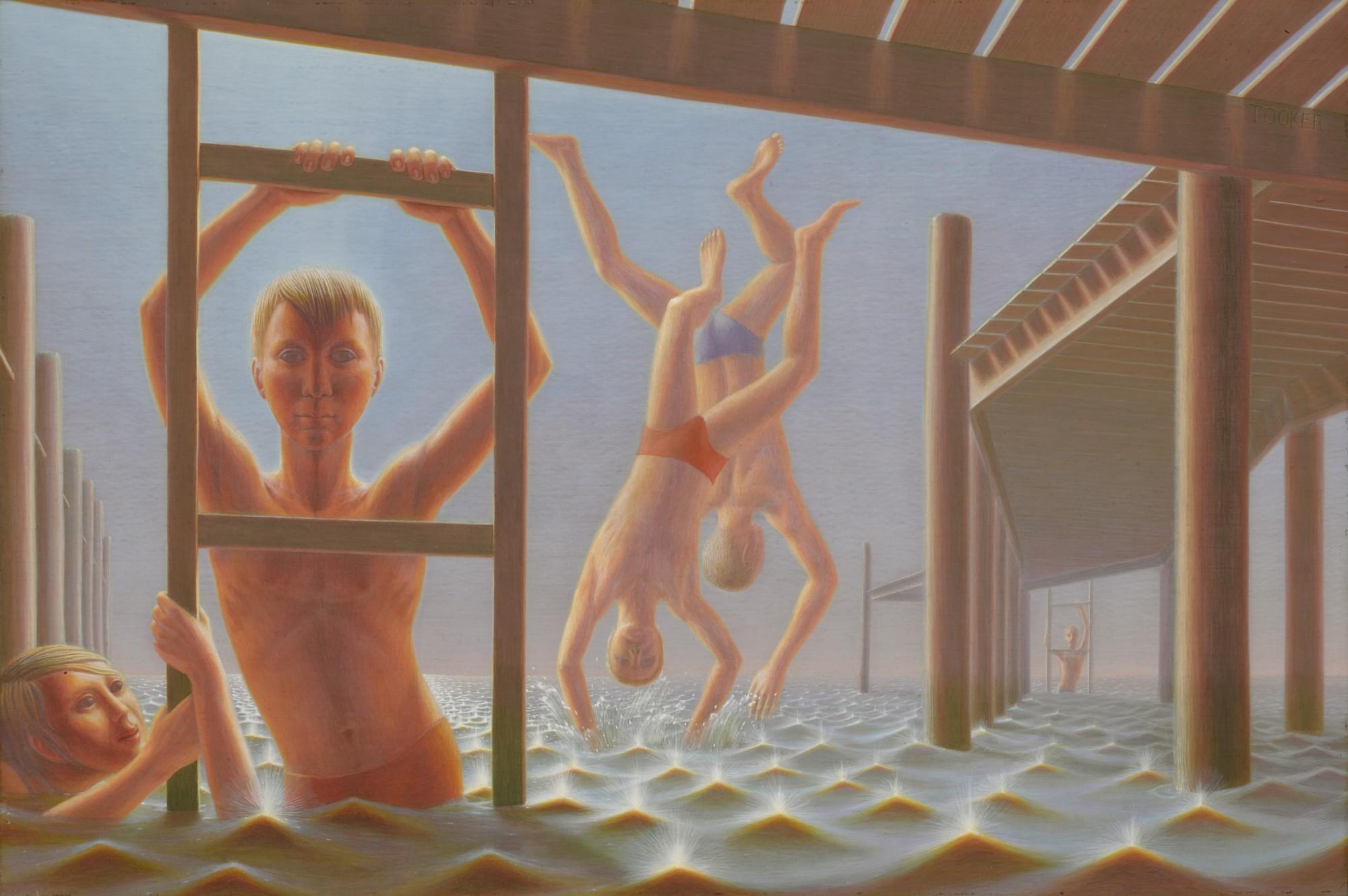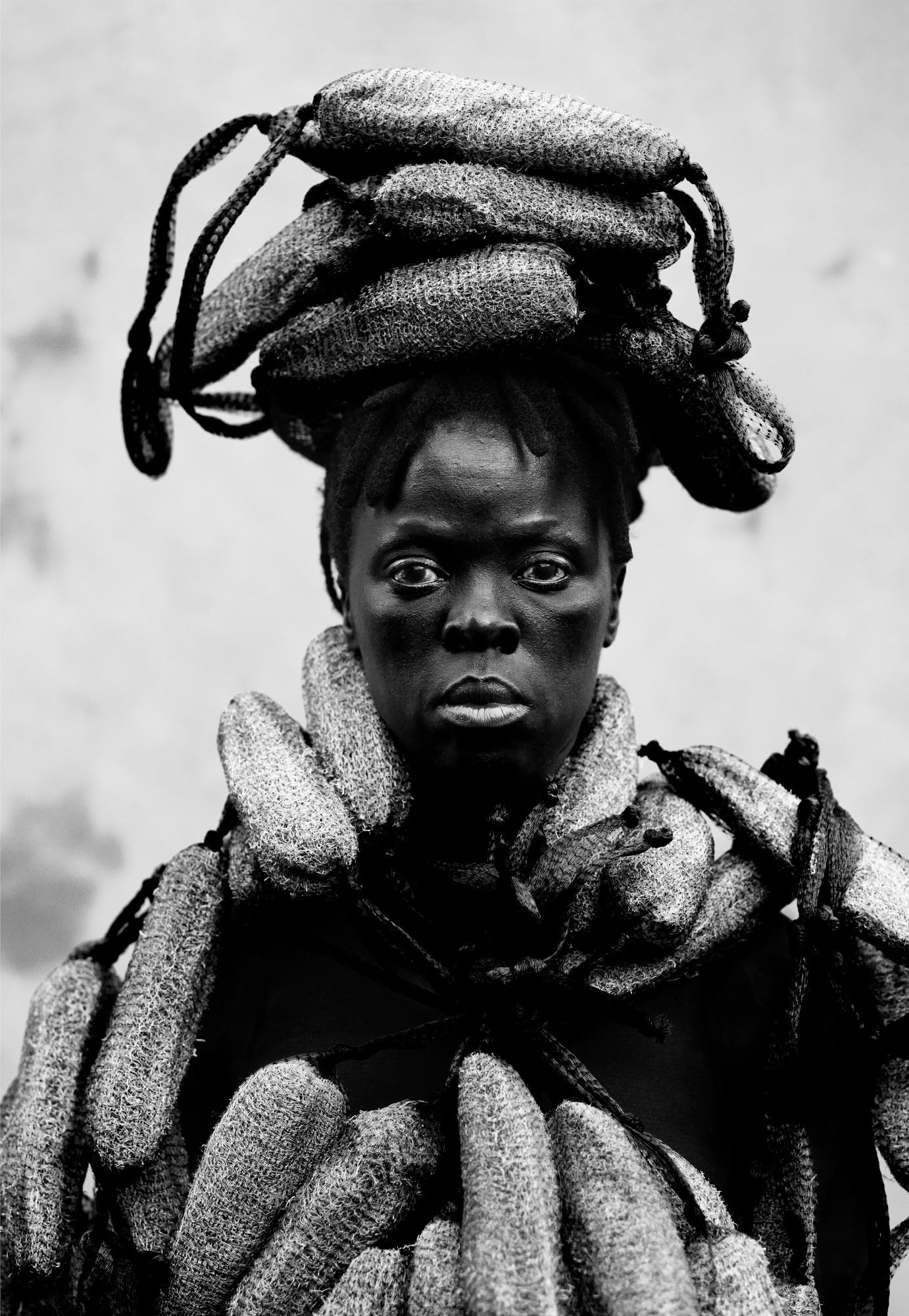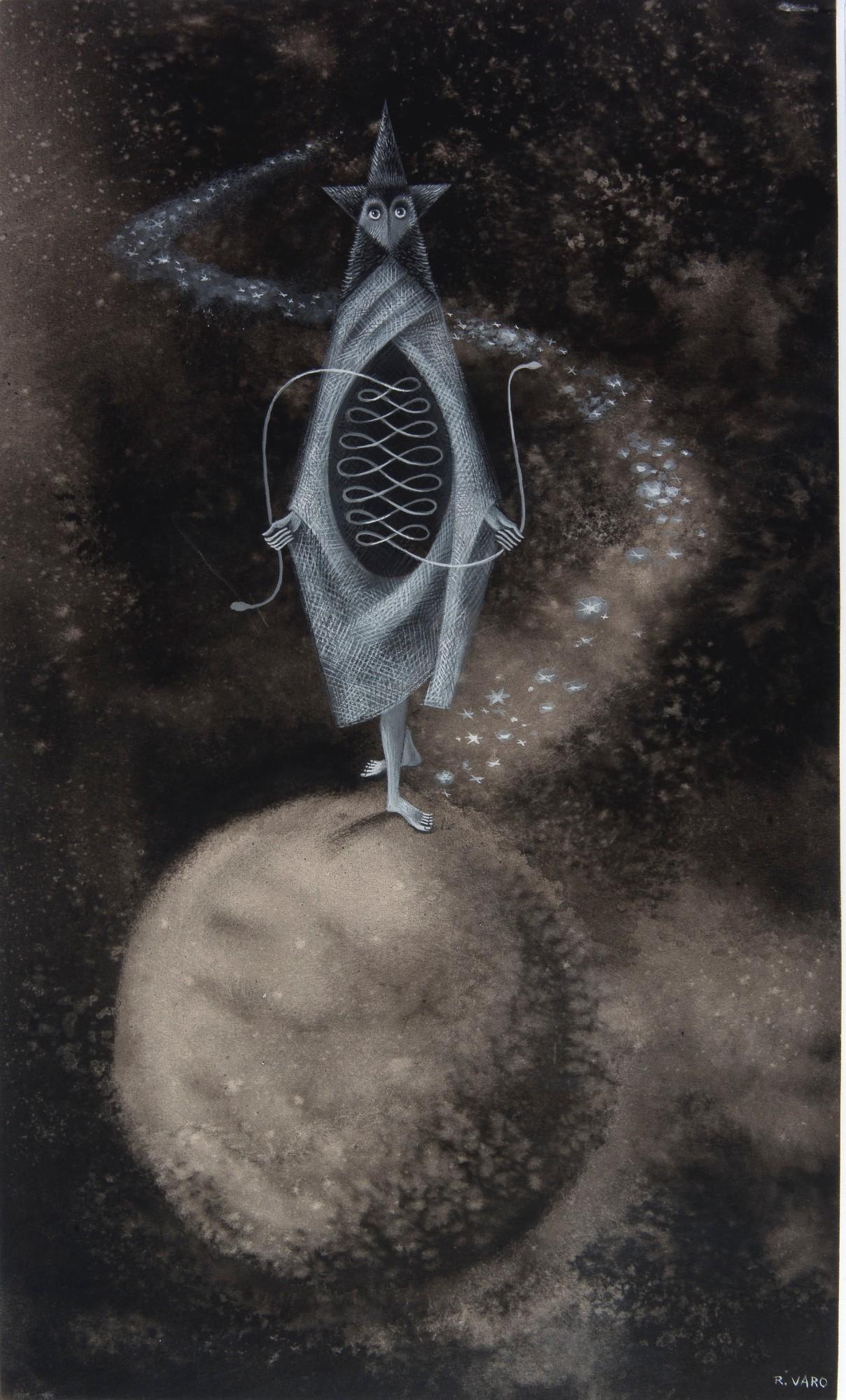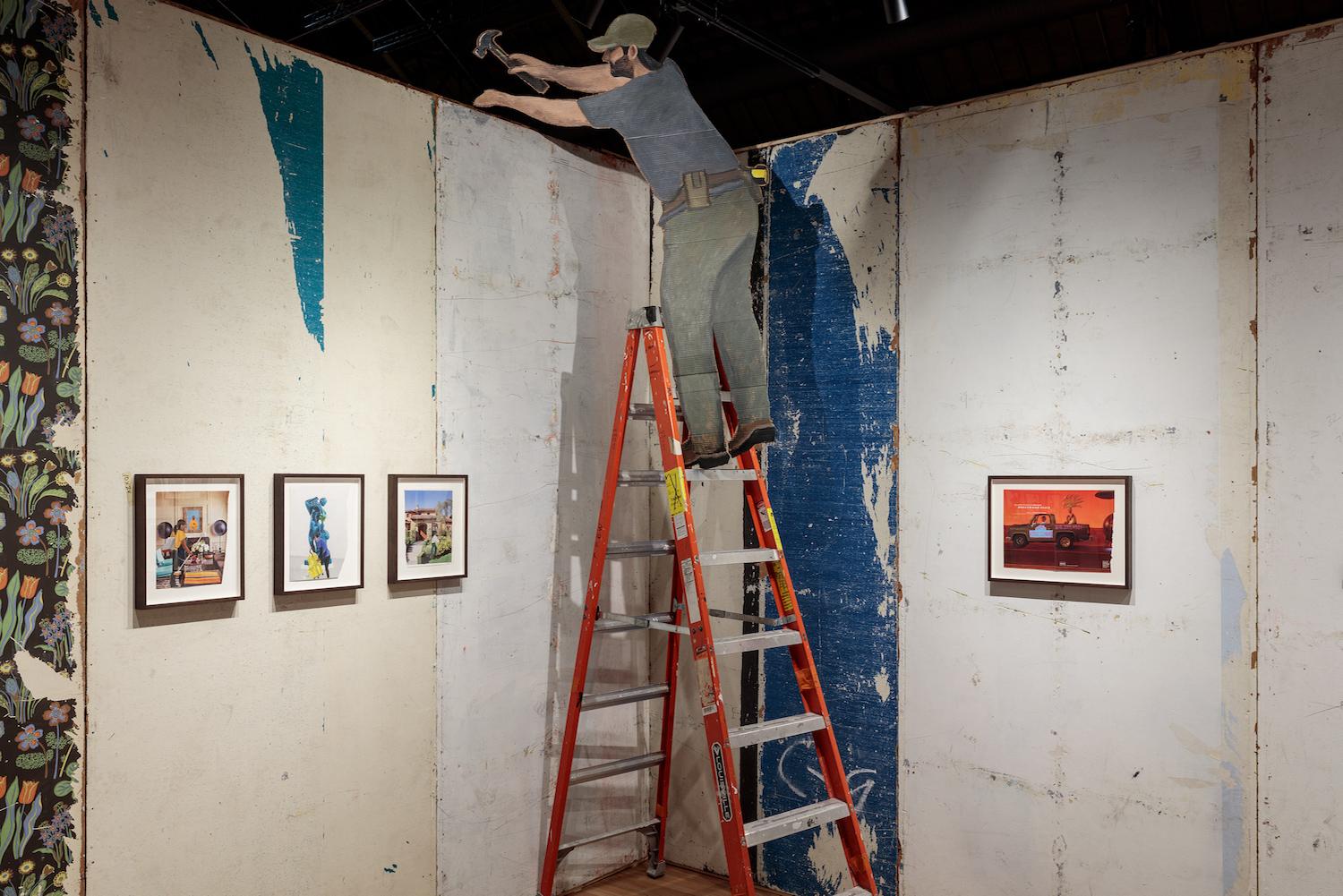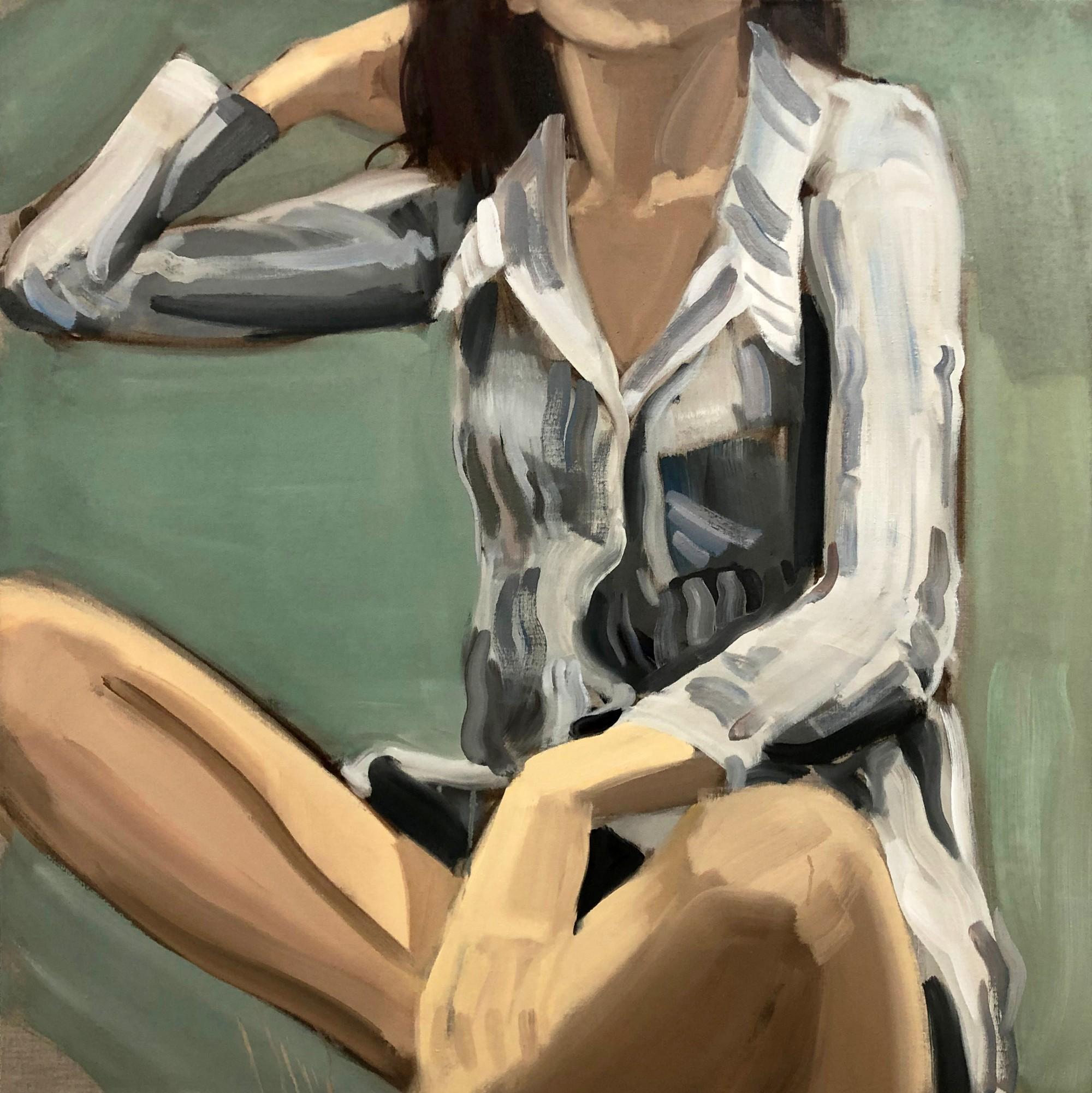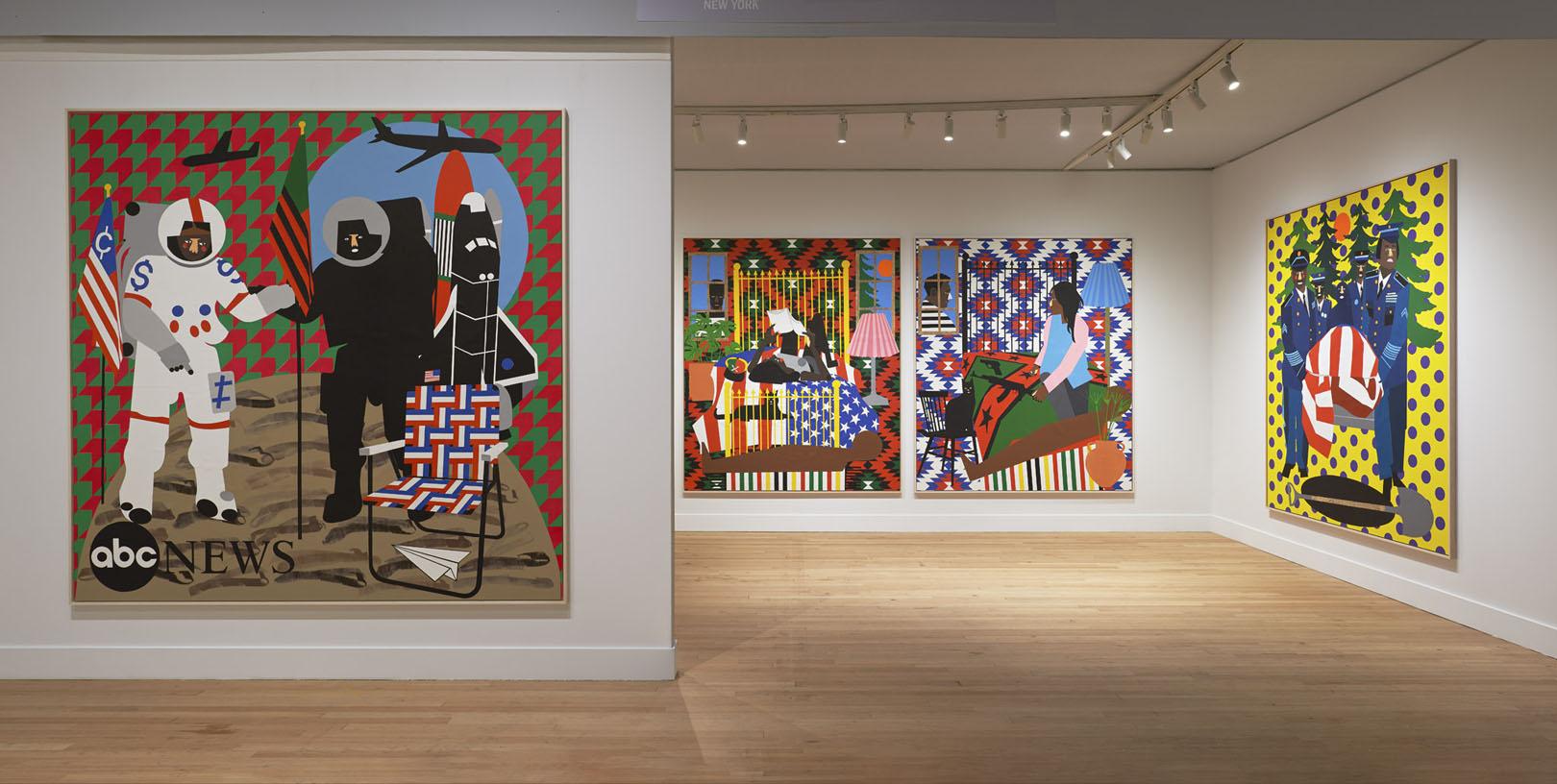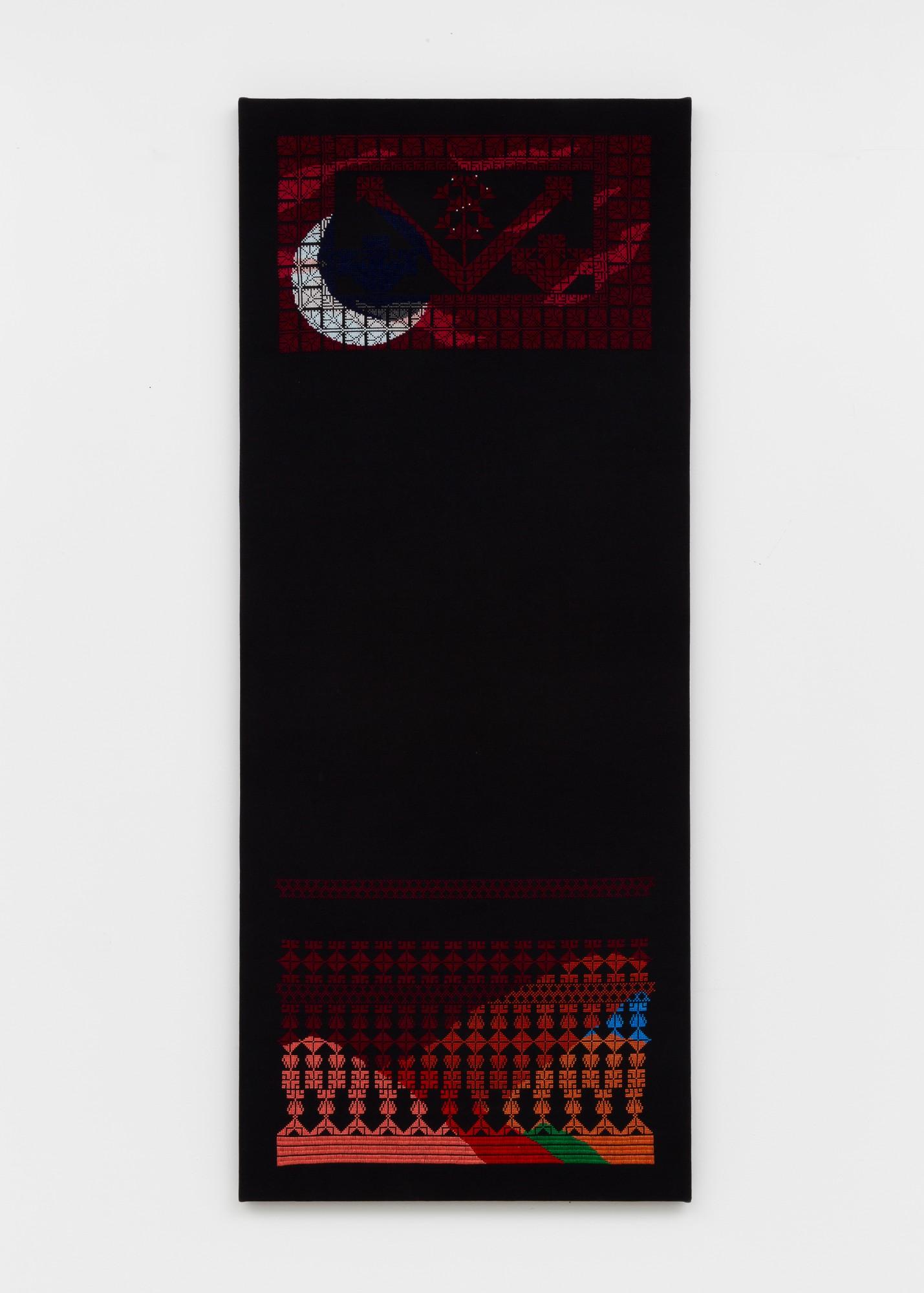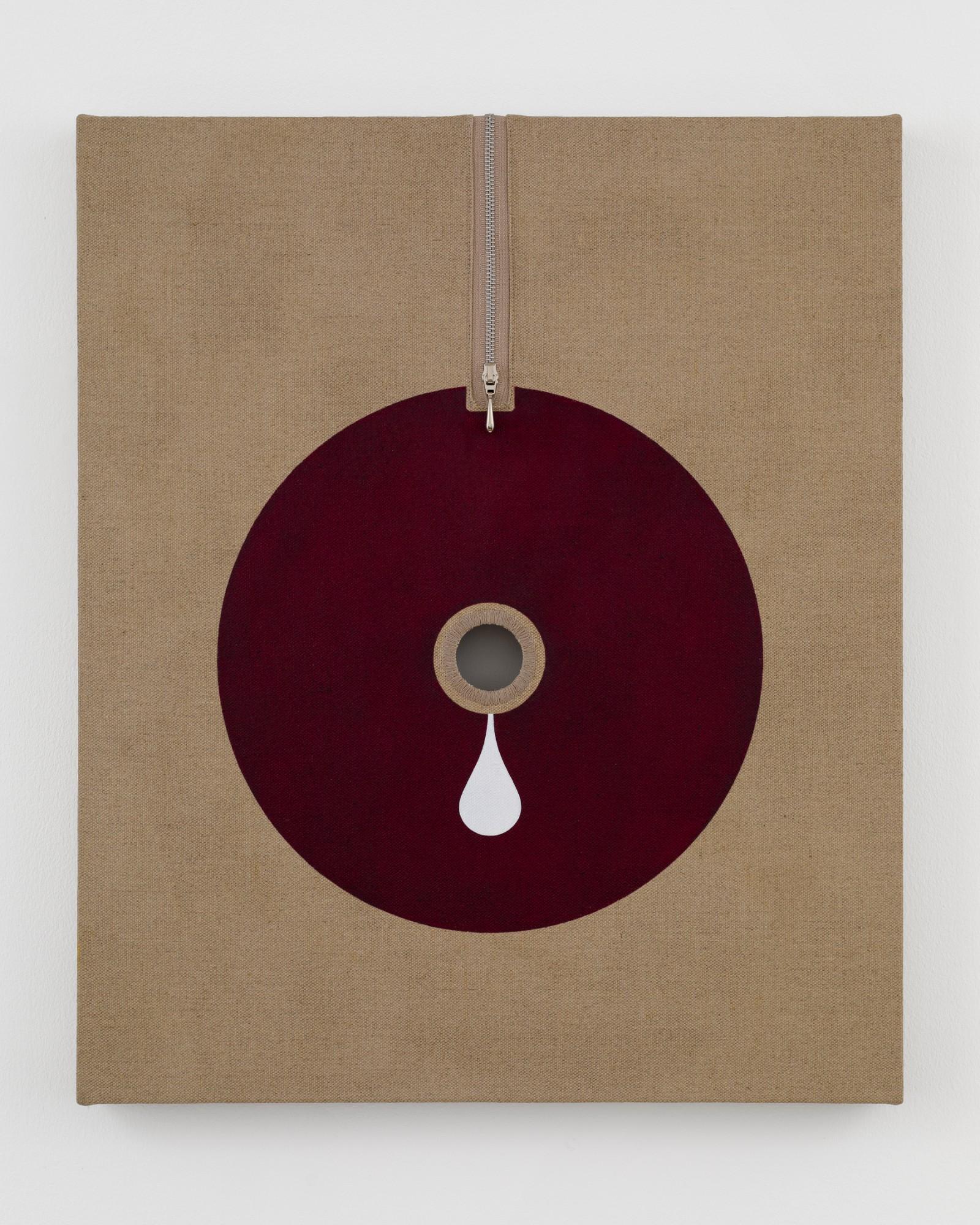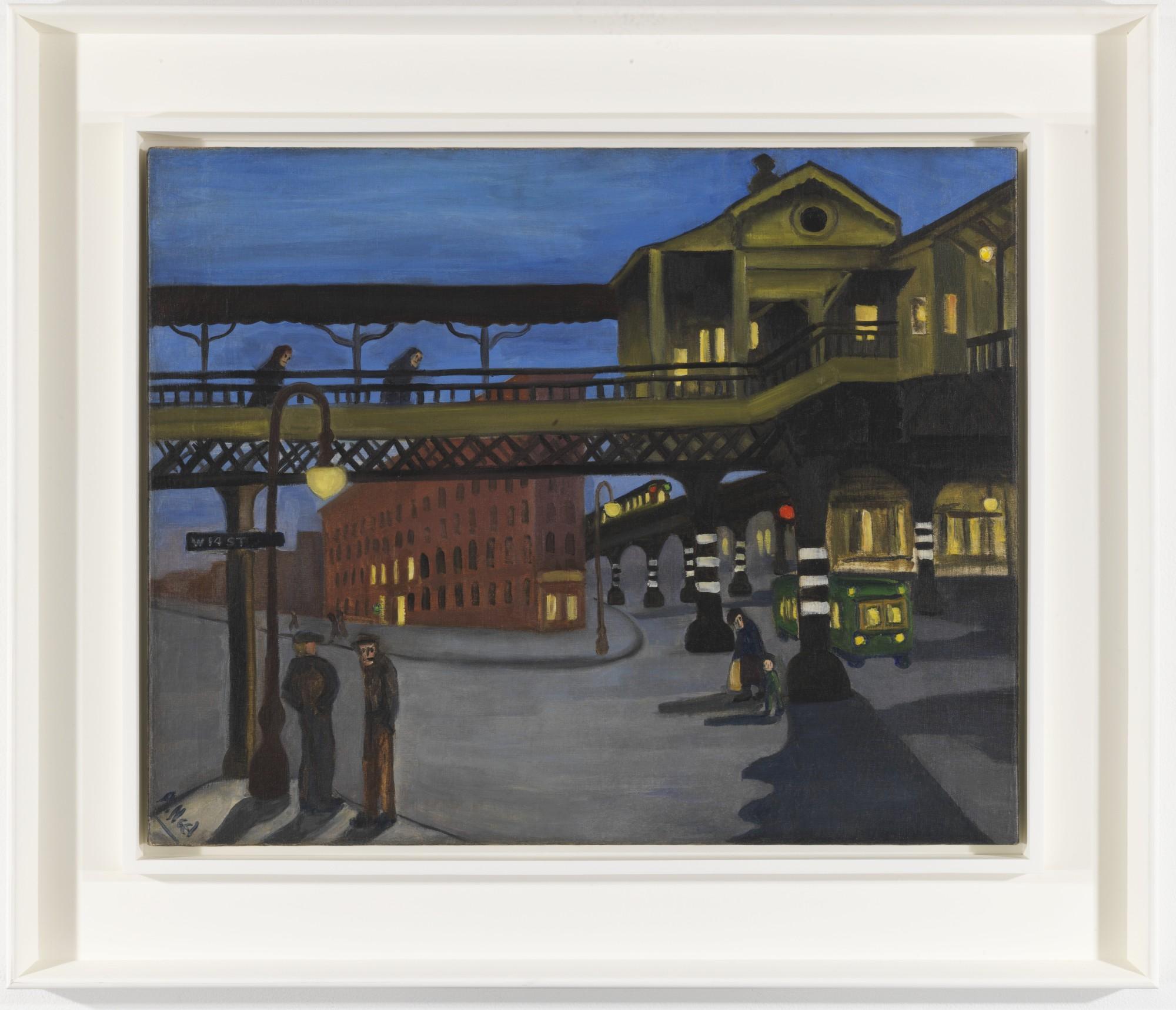“We’ve brightened up the entrance and pulled back the carpet to make it as welcoming and exciting for people as possible,” Art Dealers Association of America (ADAA) President Andrew L. Schoelkopf told Art & Object at the Gala Preview. “Removing the carpet and exposing the hardwood floor causes people to refresh between each booth, which supports our idea that every time you’re walking into a new booth you’re walking into a new show.”
Adding a sense of “wow” to the entrance, the first booth visitors saw offered Petzel Gallery’s dynamic presentation of Walead Beshty’s colorful series of abstract photograms displayed on darkened walls above one of the British artist’s mirrored floor installations, which glowingly captured people’s movement while cracking under their feet. Deeper into the hall, Yancey Richardson Gallery’s solo show of Zanele Muholi’s powerful black-and-white photographic self-portraits, which she shot in formerly colonized African countries, featured the celebrated South African artist wearing lively costumes imaginatively fashioned from indigenous exported materials.




